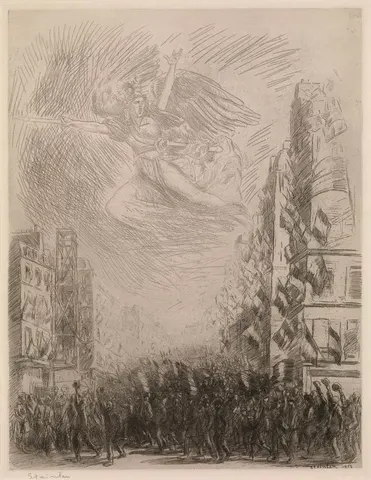Fashion designers learn both technical and creative skills in order to create clothing collections. They learn pattern making and sewing to construct garments, as well as colour and design theory to create fashionable looks. They must also develop skills in research, trend forecasting and business management in order to be successful in the industry. Furthermore, designers must understand the production process, from fabric selection to the actual manufacturing of the clothing. Lastly, fashion designers must be able to communicate effectively with other departments and be comfortable with taking risks.
Art Nouveau was a highly popular design style from the late 19th and early 20th centuries, characterized by flowing lines and curves. However, the movement gradually declined and was eventually replaced by other styles, such as Art Deco. The primary reasons for the decline of Art Nouveau include a lack of practical applications, the high cost of materials, and the emergence of new styles. Additionally, the Art Nouveau movement also suffered due to the outbreak of World War I, which shifted public attention away from the decorative arts. Finally, the minimalist nature of Art Deco, which emphasized simplicity and practicality, appealed to many people more than the intricate and often ornate designs of Art Nouveau.






